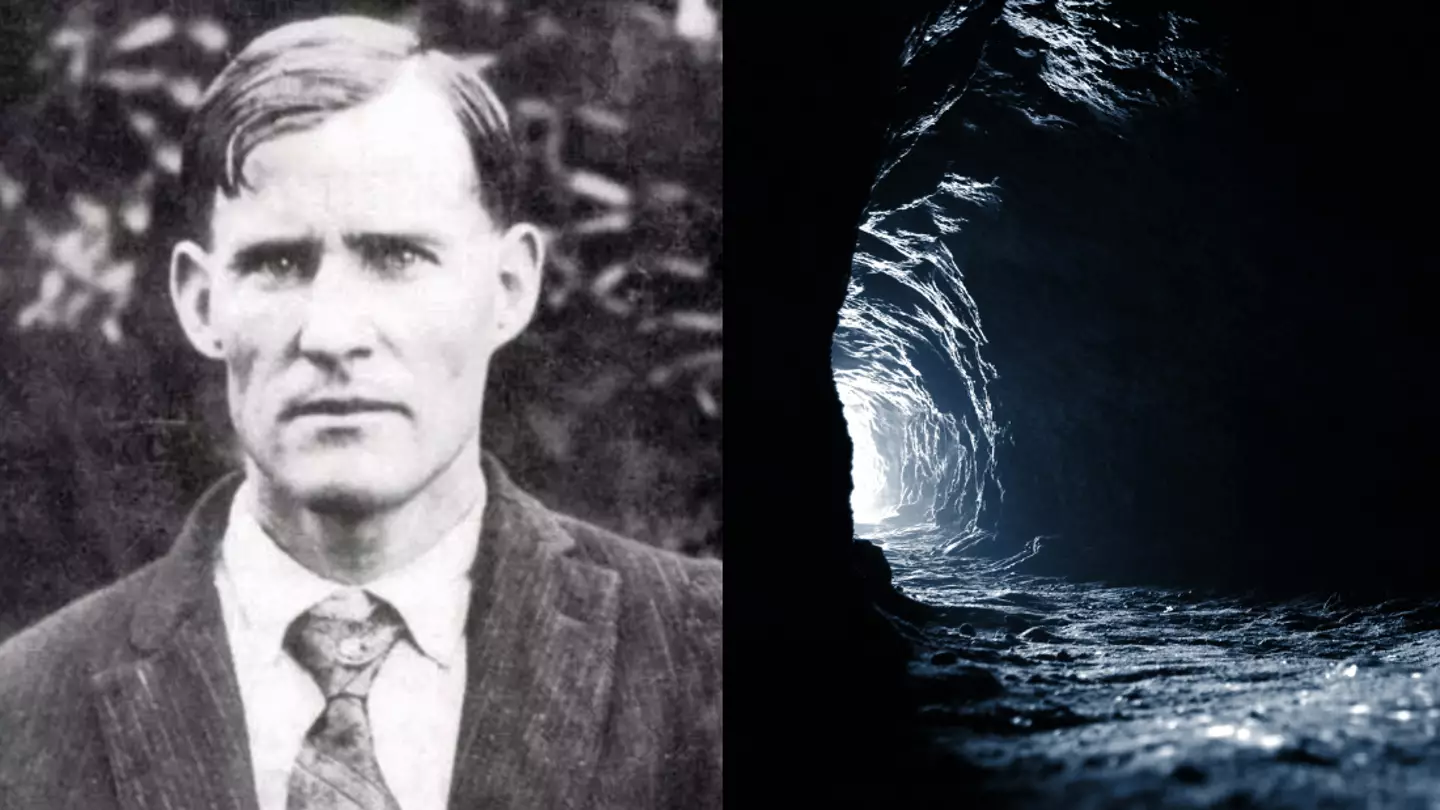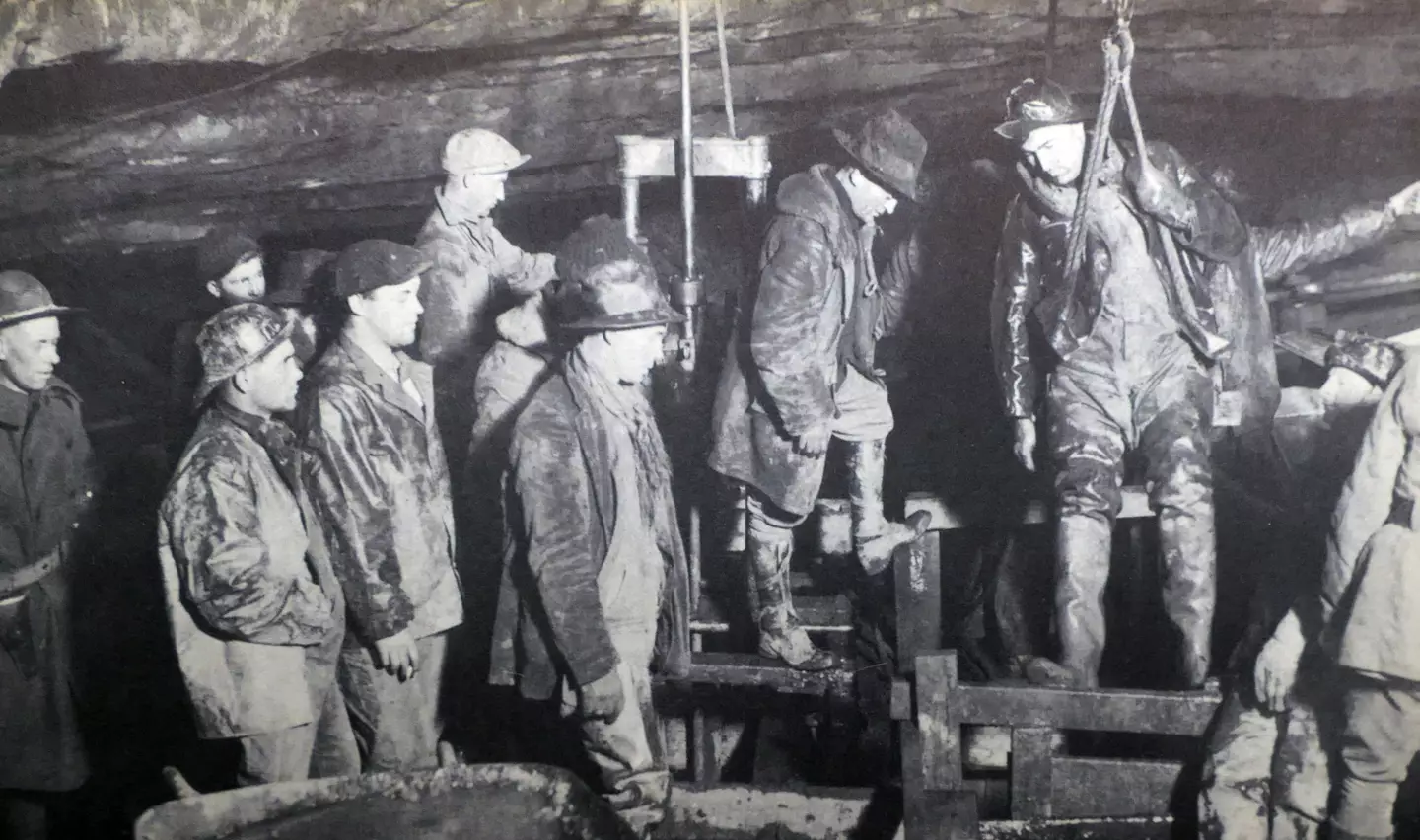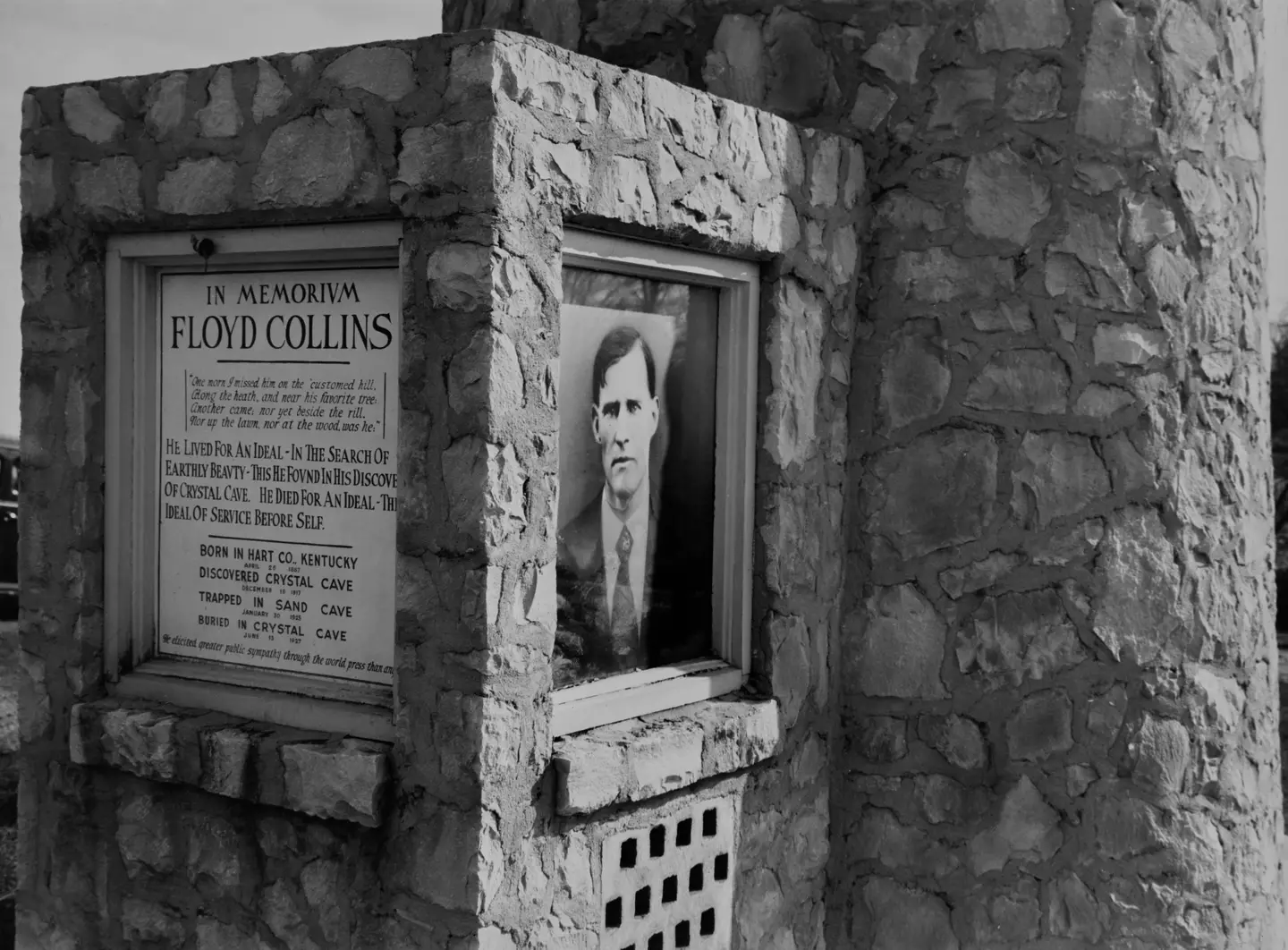
While Floyd Collins might be remembered as the 'greatest cave explorer ever known', his life and death also serve as a stark reminder that having a sense of adventure can sometimes turn sinister.
Thousands of people had a ringside seat to his final agonising hours on this Earth, but the swarms of people were tragically unable to help him as he lay trapped 55ft below the surface.
The explorer spent a whopping 17 days stuck in an underground cave in Kentucky, US, after his plucky pursuit to find a new tourist attraction took a grave turn.
Successful beginnings and the so-called 'cave wars'
Collins, who hailed from the city of Auburn, had plenty of experience wandering below the surface and had began exploring caves at the age of six, before it later became his full-time job.
The 37-year-old is credited with discovering Donkey's Cave, Dossey's Dome Cave and the Great Onyx Cave, so it's no wonder he was a pivotal part of the 'Kentucky Cave Wars' which gripped the state in the 1920s.
Advert
Locals like Collins decided to capitalise on the Mammoth Cave region by turning the hundreds of miles of interconnected caves into tourist attractions, and he seemed to have come up trumps in 1917.
The turning point
He discovered the Great Crystal Cave hidden beneath his father's farmland and intended to welcome a host of visitors, but the location was just too far off the beaten track for it to achieve a lot of traffic.
Instead, he decided to find another cave he could open which was closer to main roads and decided to open up Sand Cave, which was situated on a farmer's property who lived nearby.

Advert
The pair agreed to share the profits and Collins got to work, heading into the complex underground tunnel system for the first time on 30 January 1925 to enlarge its cramped passages - some of which were no taller than nine inches.
With nothing but a single kerosene lantern, he squeezed himself through very tight spots and discovered the cave opened up just 300 feet from the entrance into a mega 80-foot high subterranean coliseum, according to the Kentucky Guard.
The mission turns deadly
His light was quickly running out and he needed to get back out the cave before he was left in darkness. But in a rush, he dropped the lamp and knocked a 27-pound rock onto his foot as he attempted to retrieve it.
It pinned him inside the cave, leaving him trapped 60ft underground while the alarm was only raised the following day.
Advert

After locals realised he was missing, a major rescue effort was launched involving engineers, miners and geologists.
Rescue effort turned disturbing public spectacle
A crowd of curious spectators also descended on Sand Cave, which only added to the pressure which was mounting as the team raced against the clock while battling bad weather and disagreements over how to approach the situation.
Rescuers tried to haul Collins out by getting several people to pull him with a rope, but this only ended up injuring the experienced explorer further and the rock just wouldn't budge.
Advert
At one point, Louisville Courier-Journal reporter William Miller - who is known for being pretty small - crawled into the dark to speak with the caver for a series of interviews that led to him winning a Pulitzer Prize in journalism.
“My flashlight revealed a face on which is written suffering of many long hours, because Collins has been in agony every conscious moment since he was trapped at 10 o'clock Friday morning," Miller wrote at the time.

The story soon became a national media sensation, with the Kentucky Guard describing it as a ‘carnival atmosphere’ as vendors showed up to sell food and souvenirs as up to 50,000 came to nosy at Collins' ordeal.
Collins' tragic end
The national guard were eventually called in for crowd control at one point - but the mood outside the cave drastically changed when part of the passage collapsed on 4 February, five days into the explorer's nightmare.
Advert
Any hope of getting him out was dashed, as rescuers had even less chance of reaching the 37-year-old.
When they finally managed to get to Collins on 16 February, 1925, he had passed away.
His body was eventually recovered two months later, before his family laid him to rest on the farm.
A bizarre twist
Two years later, a new owner of the land exhumed the body and placed him in a glass-topped coffin in the centre of Crystal Cave in a bid to attract more tourists - but instead, people bizarrely tried to steal his body.
One person was even successful in 1929, but in 1989, Collins was finally given a ‘final’ burial at Mammoth Cave Baptist Church Cemetery, while the words the 'Greatest Cave Explorer Ever Known' were emblazoned on his tombstone.
Topics: US News, World News, History